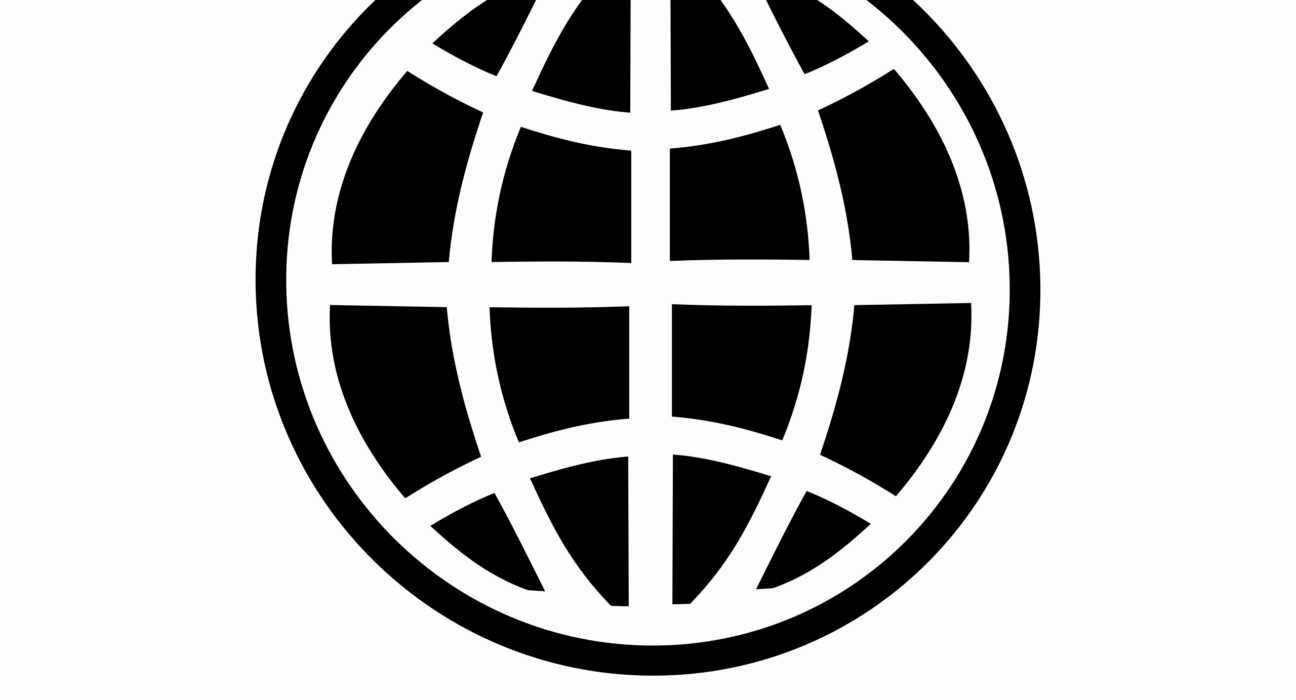The World Bank has approved a $200 million concessional credit for a project that aims to reduce water losses and increase the energy efficiency of irrigation systems across five regions of Uzbekistan — Karakalpakstan, Bukhara, Kashkadarya, Namangan, and Surkhandarya.
The government of Uzbekistan will co-finance the project with $23.2 million.
This project marks the first phase of a World Bank-supported regional program designed to help Central Asian countries improve water efficiency and conservation.
According to the World Bank, Uzbekistan’s arid climate makes irrigation essential for agriculture, which contributes about 25% of national GDP and total employment. Most of the water is drawn from the Amu Darya and Syr Darya rivers and is delivered to farms through an extensive irrigation network. Agriculture accounts for about 90% of the country’s water consumption, making efficient water use crucial.
Water scarcity is expected to significantly worsen in Uzbekistan, driven by reduced glacier-fed water flows, increased evapotranspiration, erratic rainfall, and more frequent droughts. These changes are expected to reduce water availability by 30-40% and increase irrigation demand by 25%.
Much of Uzbekistan’s irrigation infrastructure is outdated and leads to significant water losses and uneven water distribution across regions.
Approximately 2.4 million hectares of agricultural land, accounting for 56% of Uzbekistan’s total irrigated area, depend on pumps for water supply. The 1,700 pumping stations used for irrigation consume about 7.2 billion kWh of electricity annually, or 16% of national electricity use.
“Through this project, the World Bank is proud to support the implementation of Uzbekistan’s 2020–2030 Concept for Developing the Water Resource Management Sector, which aims to expand water- and energy-efficient infrastructure nationwide,” said Tatiana Proskuryakova, World Bank Director for Central Asia. “The planned improvements will help boost agricultural productivity, enhance the well-being of water users, incentivize private investments, and support job creation in the irrigation and agrifood sectors.”
By 2031, the project is expected to deliver significant improvements through modernizing irrigation and drainage infrastructure and services.
Planned upgrades include:
- Concrete lining of 259 kilometers of eight major primary canals, connected to the Amu Darya and Syr Darya rivers and spanning over the above-mentioned regions, using modern materials such as geomembrane
- Re-sectioning and elevating canal beds to enable gravity-fed water supply and eliminate the need for pumping where feasible
- Construction of around 470 hydraulic structures to improve water control along the above-mentioned canals
- Installation of gated canal outlets equipped with flowmeters and a Supervisory Control and Data Acquisition (SCADA) system.
The project is expected to achieve the following results:
- Enhance the quality of irrigation service delivery across 232,000 hectares of agricultural land, improving productivity and resilience
- Directly benefit approximately 180,000 water users, including 80,000 women, by improving access to reliable irrigation services
- Reduce water losses by approximately 540 million cubic meters annually
- Save over 165 million kWh of electricity each year, boosting energy efficiency and lowering operational costs.
